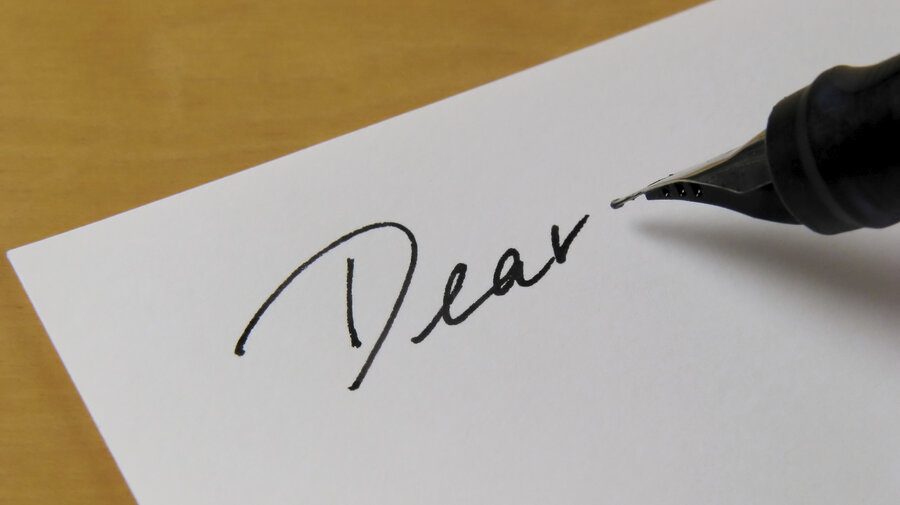
Before the advent of modern technology made communication so easy, the art of writing a letter was considered an important requirement. Even today a letter is an important means of communication in both the workspace as well as our personal lives. So let us educate ourselves with the nuances of letter writing.

A letter is a written message that can be handwritten or printed on paper. It is usually sent to the recipient via mail or post in an envelope, although this is not a requirement as such. Any such message that is transferred via post is a letter, a written conversation between two parties.
Now that E-mails (Advantages and disadvantages) and texts and other such forms have become the norm for communication, the art of letter writing has taken a backseat. However, even today a lot of our communication, especially the formal kind, is done via letters. Whether it is a cover letter for a job, or the bank sending you a reminder or a college acceptance letter, letters are still an important mode of communication. Which is why it is important that we know the intricacies of letter writing.

Let us first understand that there are broadly two types of letter, namely Formal Letters, and Informal Letters. But then there are also a few types of letters based on their contents, formalities, the purpose of letter writing etc. Let us have a look at the few types of letters.
Now that we have learned the basics of communicating via letters and the types of letters as well, let us focus on some tips for the actual letter writing.
This obviously is the first step of the letter writing process. You must be able to identify the type of letter you are to be writing. This will be dictated by the person the letter is addressed to and the information that will be conveyed through the letter. Suppose you were writing to the principal of your college to ask for leave, this would be a formal letter (Types of formal letters with samples). But say you were writing to your old college professor catching up after a long time. Then this would be a personal (informal) letter.
Opening a letter in the correct manner is of utmost importance. Formal letters open with a particular structure and greeting that is formal in nature. Informal letters can be addressed to the person’s name or any informal greeting as the writer wishes.

Even when closing the letter, it must be kept in mind what type of letter is being written. Formal letters end respectfully and impersonally, whereas informal letters may end with a more personal touch.
Once you start writing, make sure to get to the point as soon as possible. Especially in formal letters, it is important to immediately make clear the purpose of the letter.
A letter is always supposed to be polite and considerate. Even if it is a complaint letter, the point must be made in a careful and courteous manner. So it is necessary to use polite expressions and civil language in all types of letters.
And the other important factor to be considered is the length of the letter you are writing. It should be kept in mind that formal letters are generally to the point, precise and short. Lengthy formal letters tend to not have the desired effect on the reader. The length of an informal letter is determined by the message in the letter and the relation to the recipient.
Q: Alex was to write a letter to her class teacher asking permission to remain absent from school for 2 days on account of some personal matter. What type of letter will he be writing?
Ans: The correct option is C. While the teacher is a personal acquaintance of Alex, the situation demands a formal letter and not a personal letter.